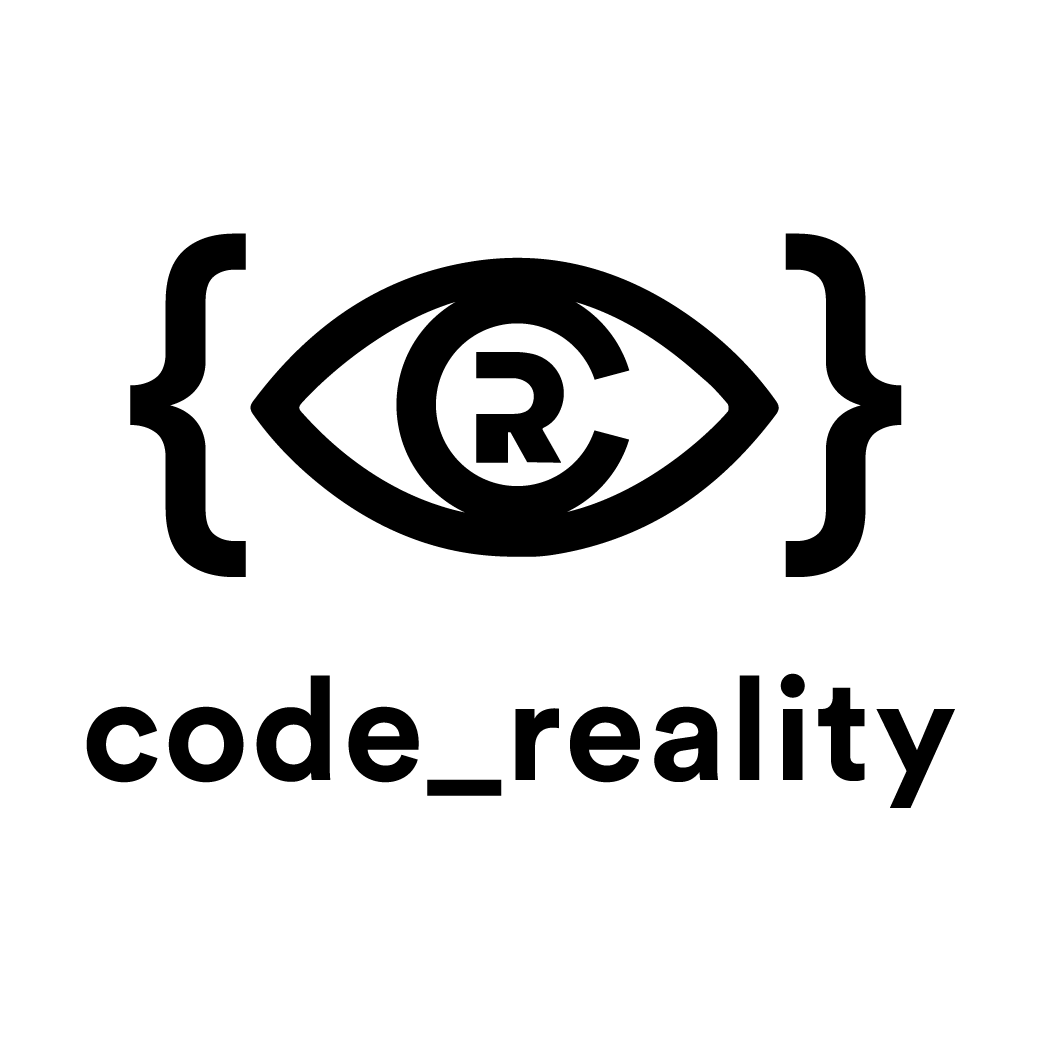Teaching how to create and code Augmented Reality (AR) is an emerging topic in Higher Education. This should not be confused with the interest of various other subjects to use AR applications and content. Only a few top-tier universities world-wide currently offer courses that give instruction of how to code AR. Few have related content and none have a full curriculum on AR. The goal of this book project is to create the first comprehensive Open Educational Resource (OER) as a foundation for AR curricula in Higher Education. Every book about high tech risks being outdated already when going into print, so we are planning for a continuously developed and updated online book, working with an open community of contributors, Open Source style.
The book will be available as Open Educational Resource (OER) under the Creative-Commons-License CC-BY-SA. This allows using figures and texts for own presentations as Attribution-ShareAlike 4.0 International. The book is planned as a living resource, where chapters can be reworked or added as needed.
The book production is supported by the ERASMUS+ Strategic Alliances Project for Higher Education called “Augmented Reality in Formal European University Education (AR-FOR-EU). The project AR-FOR-EU establishes and deepens a strategic partnership for teaching Augmented Reality in Higher Education at scale on undergraduate and graduate levels.


